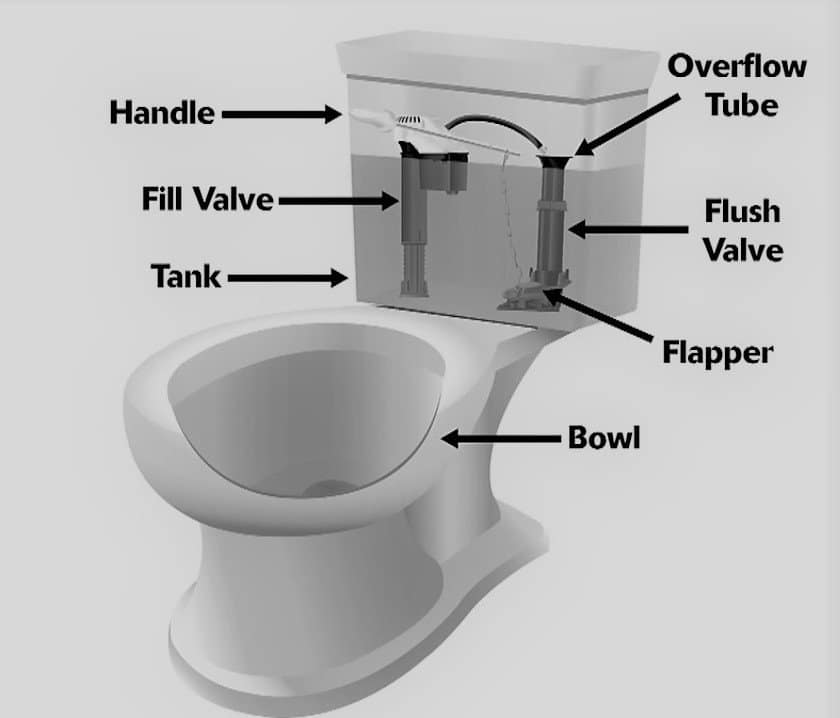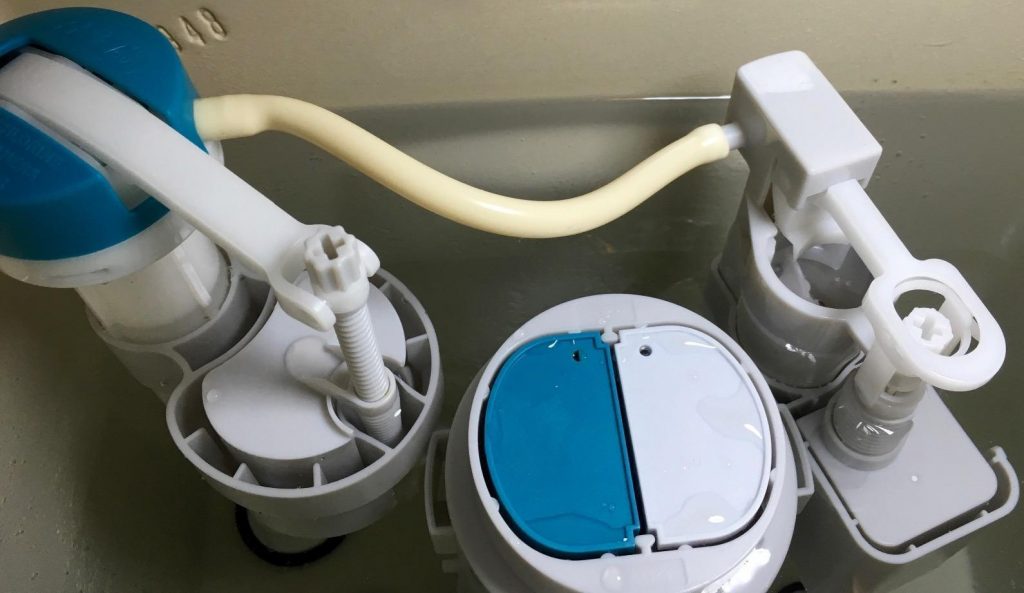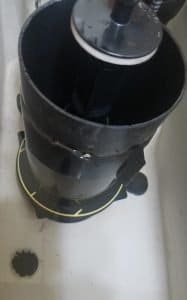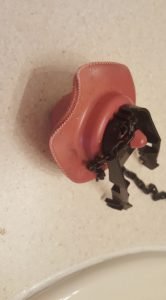Toilet Flapper-How it Works, Sizes, Problems, Replacement
Last Updated on August 8, 2023 by toilethaven
What is a Toilet Flapper?
A toilet flapper is a rubber or sometimes plastic seal that sits on top of the flush valve opening at the bottom of the toilet tank. It opens to allow water to flow from the tank to the bowl during flushing and then closes and seals the flush valve opening to allow the tank to refill.
A toilet flush valve is the opening at the bottom of the tank through which water flows from the tank to the bowl. The toilet flapper seals the flush valve making sure water flows out only during flushing.
The main sign that you have a bad toilet flapper is when you have a running toilet. Other signs include a toilet that flushes on its own (ghost flushing), a weak flushing toilet, and a low water level in the toilet tank.
There is no specific guide on how often to replace a toilet flapper. Toilet flappers can last for a long time or a short time, depending on quality and water quality. However, it is a good practice to replace the flapper before it starts leaking.
Toilet flappers are not universal. Their size depends on the size of the flush valve, which is usually between 2 and 4 inches. Apart from that, there are different types of flappers depending on the flushing system, material (rubber or plastic), and how they work (adjustable/non-adjustable).
How Does a Toilet Flapper Work?

A toilet has two mechanisms: the flushing mechanism and the refill mechanism. The flushing involves the toilet handle, toilet handle arm, lift chain, toilet flapper, flush valve, and toilet bowl.
The refill mechanism involves the fill valve, toilet float, refill tube, and overflow tube. Almost all of these parts are found in the toilet tank.
- When you push the toilet handle down, the lift chain, which was, until that moment, slack, picks up tension.
- The lift chain lifts off the toilet flapper allowing the water in the tank to flow out through the flush valve to the bowl, and flushing occurs.
- Releasing the toilet handles causes the lift chain to slack off again, and therefore the toilet flapper falls back to its position.
- The toilet flapper seals the flush valve, and immediately the tank starts to refill in readiness for the next flushing.
It is important to note that the following process happens in single-flush toilets. In dual flush toilets, things are a little different.
A dual flush toilet gives the user an option to flush the toilet using 2 different amounts of water, basically less water to flush liquids and a little bit more water for solids.

Unlike single-flush toilets, dual flush toilets use flush buttons normally mounted at the top of the toilet tank lid. Dual flush toilets do not have a toilet flapper. Instead, they have a round seal/gasket placed on the groove at the bottom of the dual flush valve.
A dual flush valve assembly is placed in the middle of the toilet tank with 2 buttons at the top. When you push down any of the buttons, the rubber seal lifts off, allowing water to flow down to the bowl.
Kohler Toilet Flapper

Another deviation from the common toilet flapper is the canister toilet flapper, mostly used by modern Kohler toilets like the Kohler Cimarron.
Instead of the toilet flapper as we know it, a cylindrical canister flapper is used and mounted in the middle of the tank. The main advantage of using a canister toilet flapper is that it lifts up wholly during the flushing process allowing water to flow down the flush valve from a 360 degrees angle.
This means the water flows out faster, resulting in a powerful flush.
How Do I know if My Toilet Flapper is bad?
1. Toilet running constantly
If your toilet flapper is not fully sealed on the flush valve, water will be flowing from under it and into the bowl, causing a constantly running toilet. This is caused by a warped toilet flapper, mineral deposits/debris underneath the flapper, and a tight lift chain that slightly unseats the flapper.

Remove the toilet tank lid and check the condition of the tank. What is the level of water in the tank? Sometimes if the fill valve is defective, it continuously fills the tank with the excess water flowing down to the bowl via the overflow tube. This also causes a running toilet.
If the water level is below the overflow tube (large tube in the middle of the tank), then the toilet flapper is the culprit. You will need to replace it or clean it.
2. Toilet flushing on its own
A toilet flushing on its own which is also called ghost flushing, is caused by different toilet tank parts leaking and not just the toilet flapper. Check on the bathroom floor to see if there is any water which is a sign of a leaking toilet tank or supply line.
When a toilet is flushing on its own, it means that the tank is slowly losing water. When the water level in the tank drops below a certain level, the toilet float triggers the fill valve to start filling the tank.
Put some food color inside the toilet tank and wait for 30 minutes without flushing the toilet. If the color appears in the toilet bowl, then for sure, the toilet flapper is leaking and will need to be replaced.
What Toilet Flapper Size Do You Need?
The size of a toilet flapper is dependent on the size of the toilet flush valve. Toilet flush valves are 2 to 4 inches in size. Most toilets have a 2-inch flush valve, but modern, powerful flushing toilets have bigger 3 or 4-inch flush valves.
To determine what toilet flapper size you need, write down your toilet model number and use it to buy the right size of the flapper. Your toilet model number is normally stamped or molded in the porcelain inside the toilet tank.
The best toilet flapper to buy is a genuine replacement from your toilet manufacturer. Korky and Fluidmaster sell the best universal toilet flappers.
How to Replace a Toilet Flapper
Replacing a toilet flapper is a simple DIY that you really don’t need to call a plumber to help you with.
- Turn off the water to the toilet and flush the toilet. Hold the toilet handle down to remove as much water as possible.
- Remove the tank lid and place it in a safe place where you can’t kick it and break it.
- To remove the toilet flapper, unhook the lift chain from the toilet handle arm and disconnect the flapper ears from the flush valve pegs. Lift it out of the tank.
- Put in the new toilet flapper on top of the flush valve and connect its ears to the flush valve’s pegs.
- Hook the lift chain to the handle arm.
- Adjust the length of the lift chain. It should have a ½ inch of slack.
- Put the lid back on and turn on the water.
- Check to ensure there are no leaks.
Related Article: How to Replace a Toilet Flapper in 5 Minutes